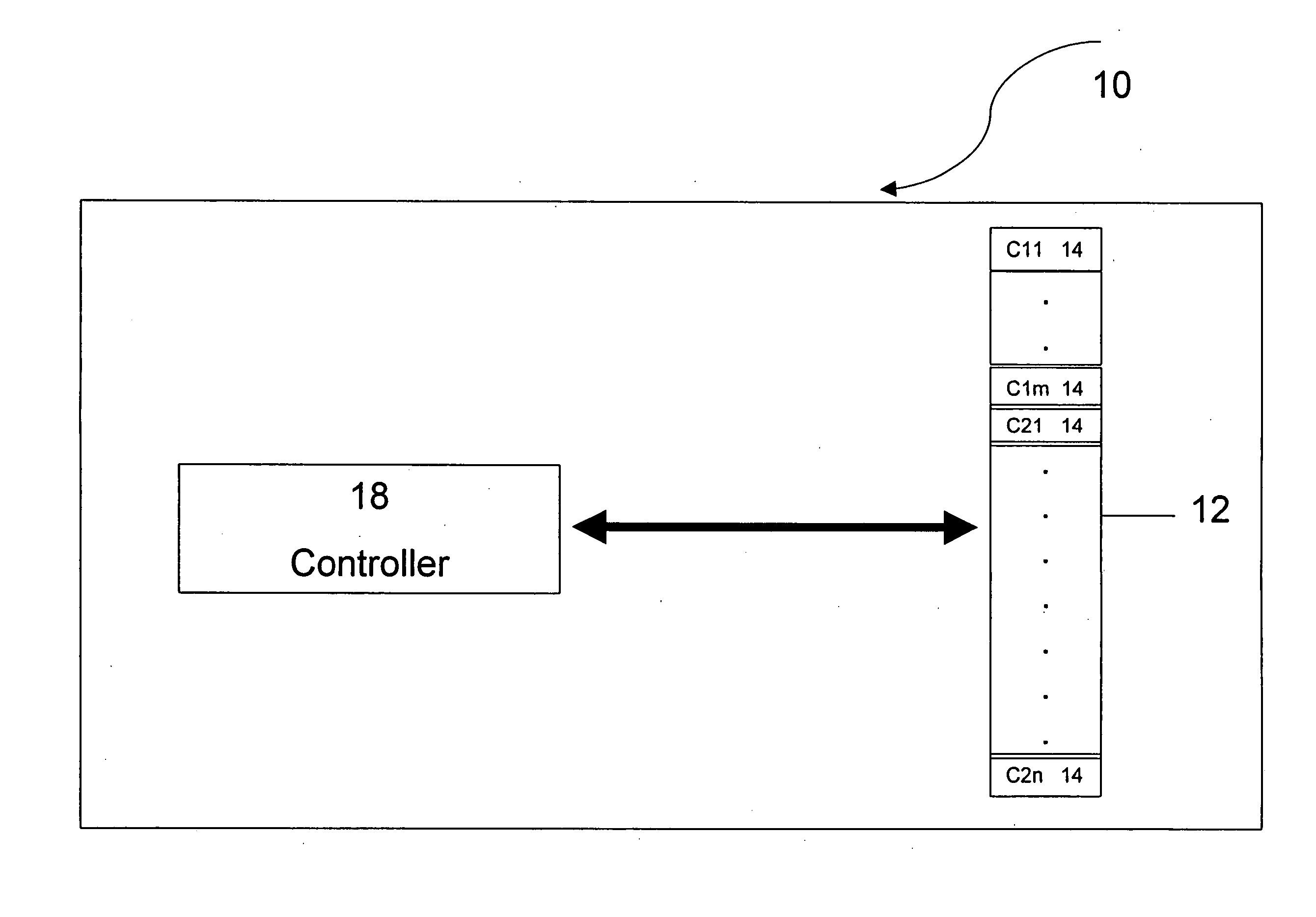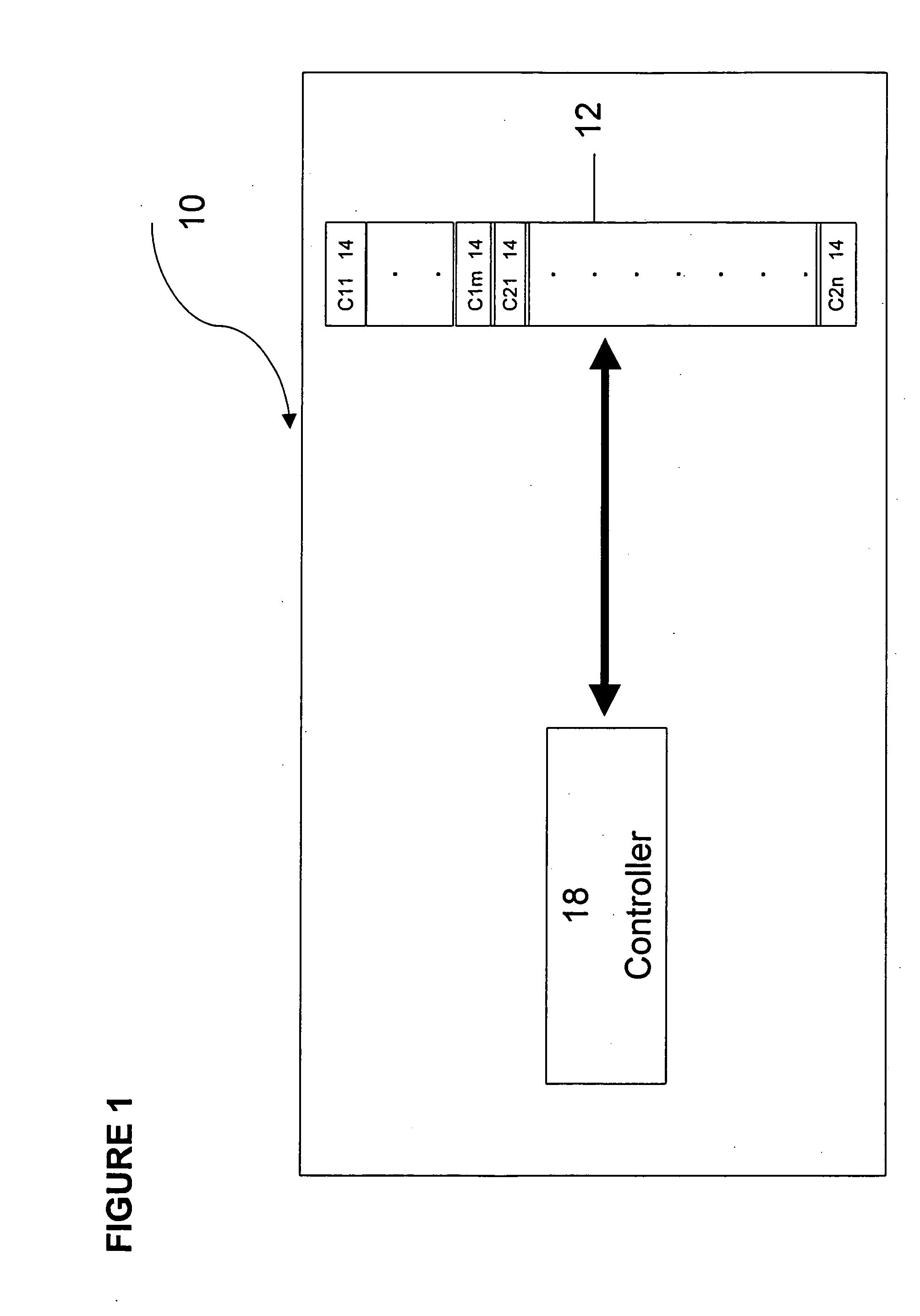Flash memory storage system and method
a flash memory and storage system technology, applied in the field of flash memory storage system, can solve the problems of affecting the design and management of the memory system, the implementation of a second memory for caching, and the inability of the storage system to record a stream of incoming data transmitted to it at a higher writing rate,
- Summary
- Abstract
- Description
- Claims
- Application Information
AI Technical Summary
Benefits of technology
Problems solved by technology
Method used
Image
Examples
Embodiment Construction
[0054] The present invention discloses an innovative flash memory storage system employing a dedicated cache method while overcoming wear-out problems caused from frequently writing to the memory cells.
[0055] The proposed flash memory storage system includes a flash memory array containing two groups of memory cells. A controller is provided to control the flash memory array by operating a first group of memory cells in SLC mode and a second group of memory cells in MLC mode. Memory cells operating in MLC mode (MLC cells) contain a larger number of bits than SLC cells, such that the bits of the two groups of memory cells are disjoint (i.e. the two groups of memory cells do not overlap, have no element in common, etc.). Informally, two groups are disjoint if there can be no object that is an instance of both groups.
[0056] According to the dedicated cache method, a specific portion of the memory cells is always allocated to operate in SLC mode, while other memory cells are allocated...
PUM
 Login to View More
Login to View More Abstract
Description
Claims
Application Information
 Login to View More
Login to View More - R&D
- Intellectual Property
- Life Sciences
- Materials
- Tech Scout
- Unparalleled Data Quality
- Higher Quality Content
- 60% Fewer Hallucinations
Browse by: Latest US Patents, China's latest patents, Technical Efficacy Thesaurus, Application Domain, Technology Topic, Popular Technical Reports.
© 2025 PatSnap. All rights reserved.Legal|Privacy policy|Modern Slavery Act Transparency Statement|Sitemap|About US| Contact US: help@patsnap.com


